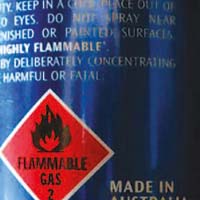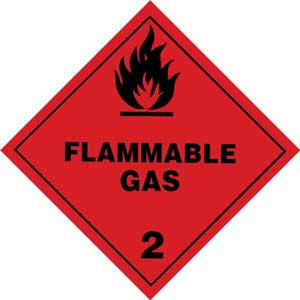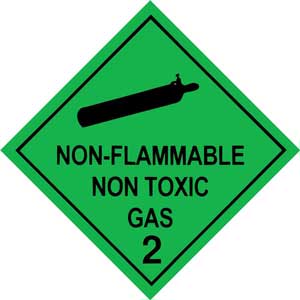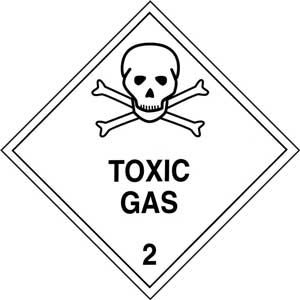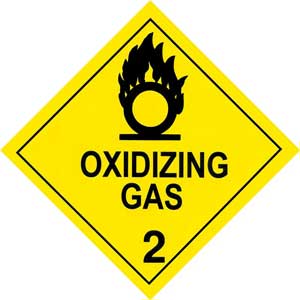
|
Silverback |
|---|
Dangerous goods regulations define gases as substances with a vapour pressure of 300 kPa or greater at 50°c or entirely gaseous at 20°c at normal atmospheric pressure, and items containing these substances. Class 2 encompasses compressed gases, liquefied gases, dissolved gases, refrigerated liquefied gases, mixtures of one or more gases with one or more vapours of substances of other classes, articles charged with a gas and aerosols.
Dangerous gases are mainly carried under pressure to reduce their volume and save space in transport and storage.
An empty or partially filled gas container containing a dangerous substance is treated the same as a full container and is subject to all the relevant transport dangerous goods regulations. Gas containers, when empty, can only be treated as non-hazardous if adequate measures have been taken to nullify any hazards.
Gases can pose severe hazards due to their flammability, potential asphyxiants, ability to oxidize, and toxicity to humans.
Aerosols, Compressed air, Hydrocarbon gas-powered devices, Fire Extinguishers, Gas cartridges, Fertilizer ammoniating solution, Insecticide gases, Refrigerant gases, Lighters, Acetylene / Oxyacetylene, Carbon dioxide, Helium/helium compounds, Hydrogen/hydrogen compounds, Oxygen/oxygen compounds, Nitrogen/nitrogen compounds, Natural gas, Oil gas, Petroleum gases, Butane, Propane, Ethane, Methane, Dimethyl ether, Propene/propylene and Ethylene.
